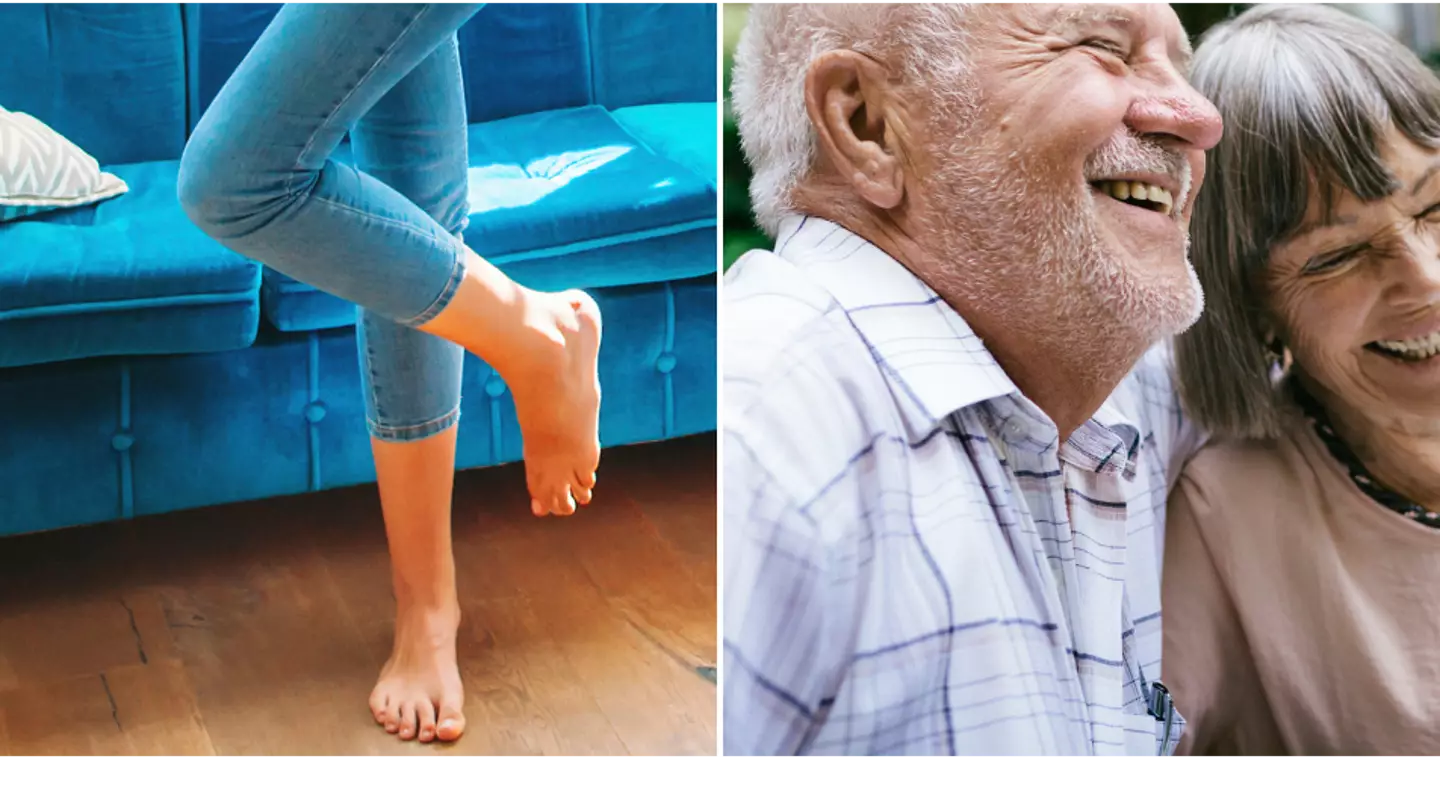
If you wanted a way to find out how long you might live, then one team of researchers has come with a way you might be able to tell.
The researchers based in Brazil have put together something which could help you tell how long you've got left.
Published in the British Journal of Sports Medicine, the research concerns one of the leading causes of injury-related death in the world, falls.
So how do you test for this?
Advert
Well, you ask someone to stand on their leg for ten seconds of course.
The theory is that this is a way to test for someone's balance and muscle strength in their legs.
If you can't balance on one leg for ten seconds you might have more difficulty later in life, when a fall which someone might shrug off in their 40s could be a much more serious health concern.
The study was led by Dr Claudio Gil Araujo, from CLINIMEX.
Advert
He told The Sun: “Our study indicates that the inability to complete a 10-second one-legged stance (OLS) in middle-aged and older participants is related to a higher risk of all-cause mortality and, consequently, to a shorter life expectancy.

“Ageing is associated with a progressive decline in physical fitness and reductions or impairments in components of aerobic and non-aerobic fitness, including muscle strength, power, flexibility, balance and body composition."
He continued: “It is also well-established that the combination of sarcopenic obesity and loss of flexibility and balance are detrimental for overall health, placing older adults with frailty more prone to falls and other serious adverse medical [consequences].
Advert
“Indeed, falls are the second leading cause of unintentional injury-based deaths worldwide.
“Unlike aerobic fitness, muscle strength and flexibility, balance tends to be reasonably preserved until the sixth decade of life, when comparatively, it starts to diminish quickly.

“Nevertheless, balance assessment is not routinely incorporated in the clinical examination of middle-aged and older individuals.”
Advert
So there you go. Your sense of balance could be an indicator of how vulnerable you are to falls in later life.
It only works for one particular cause of death, and that's not even the most common cause of death.
The top two causes of death remain heart disease and cancer, with respiratory problems coming next, followed by Covid.
The study's authors hope that it will encourage doctors to use the test during routine checkups as a way to assess a patient's risk of falls in later life.
Topics: News
